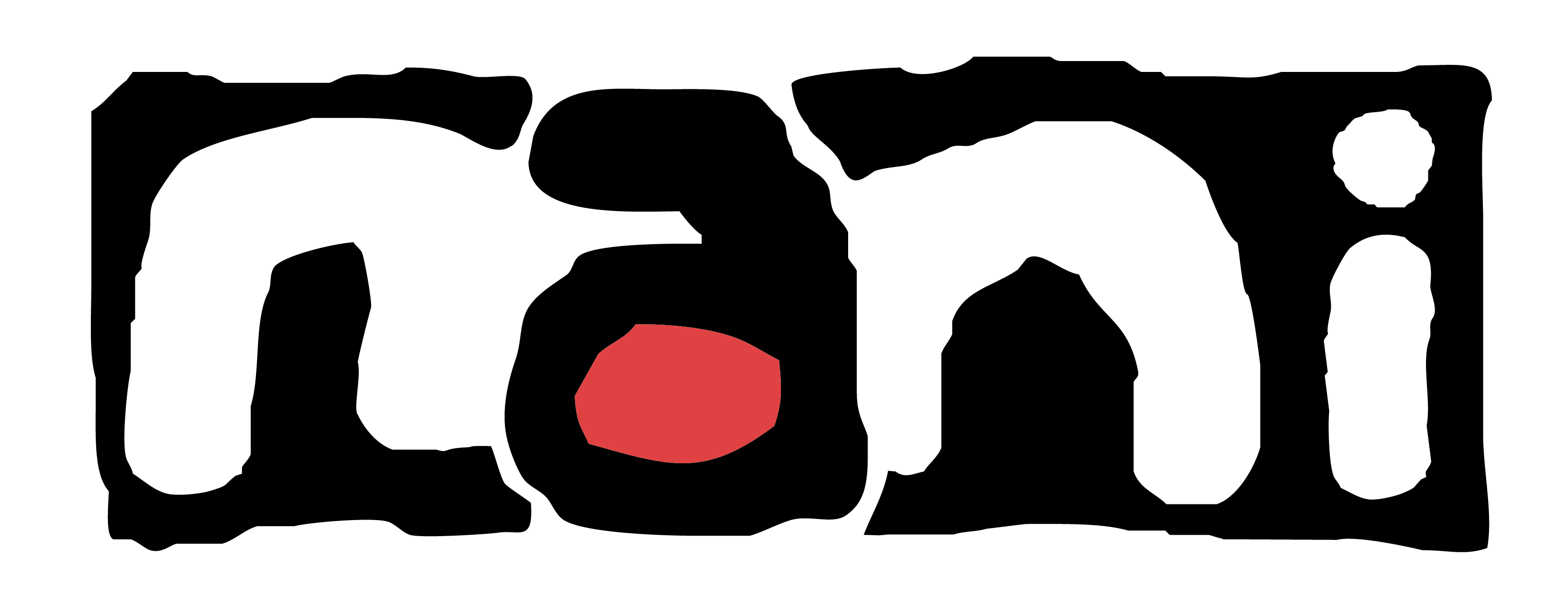WHOEVER SAVES A LIFE, SAVES THE WORLD.
THE DISEASE NOMA
Noma is a bacterial disease, which affects almost exclusively malnourished children in developing countries. It begins usually in the cheek’s mucous membrane with ulcers and destroys the affected tissue. From there, noma also takes over deeper tissue layers such as muscles and bones and spreads across the entire face. This impairs all bodily functions, such as eating, speaking, smelling, seeing and hearing. Improving living conditions in developing countries would be the most effective cure, since noma spreads when malnutrition and bad hygiene occurs. Early on, it can be treated with antibiotics. Later, operations are necessary to correct disfigurements and other consequences such as the locking of the jaws.
The word “noma“ comes from the Greek word “nome,” which literally translates to “pasture.” Here it can be translated as “gnawing ulcer.” Before the discovery of antibiotics, Europeans got sick with noma as well. The disease spread in the Nazi concentration camps. Many survivors, who suffered from noma, are still too embarrassed to talk about it. One man, who had noma as a three-year-old, contacted the Hilfsaktion. He has no visible disfigurements; the affected mucous membrane was scraped off. Today most noma patients are less than six years old. Adults rarely fall ill, but some pregnant women, who have a weak immune system during pregnancy, do – as do people with weakened immune systems, for example following an infection with HIV. Since children’s diseases such as mumps and measles cause noma, small children are mainly endangered. After they turn six, their own immune systems build up and prevent noma.
Reliable data on the frequency of noma do not exist. The World Health Organization estimates that between 80,000 and 90,000 children die from the disease every year. About 10,000 survive Noma with devastating consequences. In a developing country like Nigeria, there are 14 Noma patients for every 100,000 inhabitants. Survivors are extremely disfigured and often banned from society.
